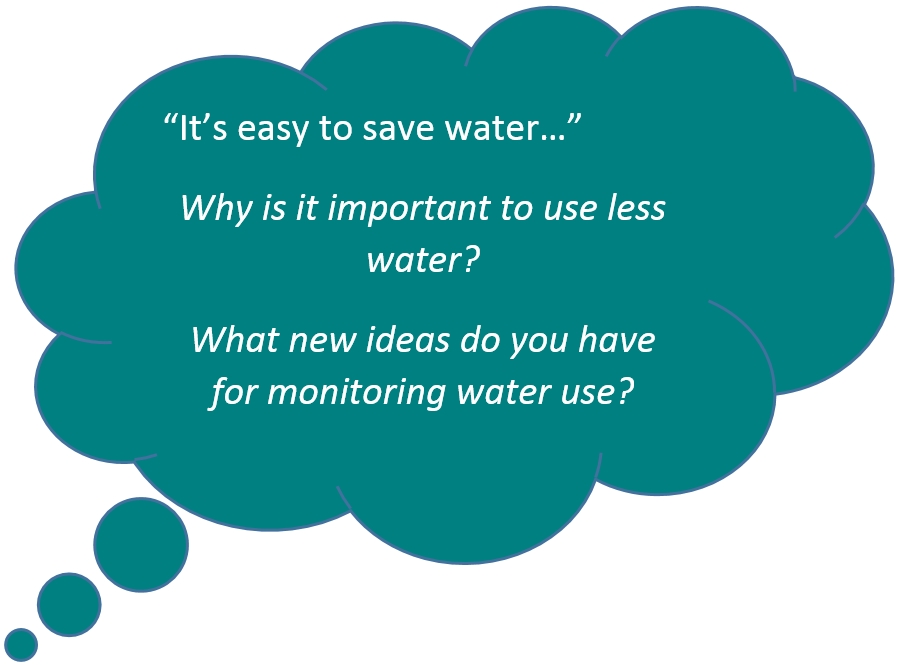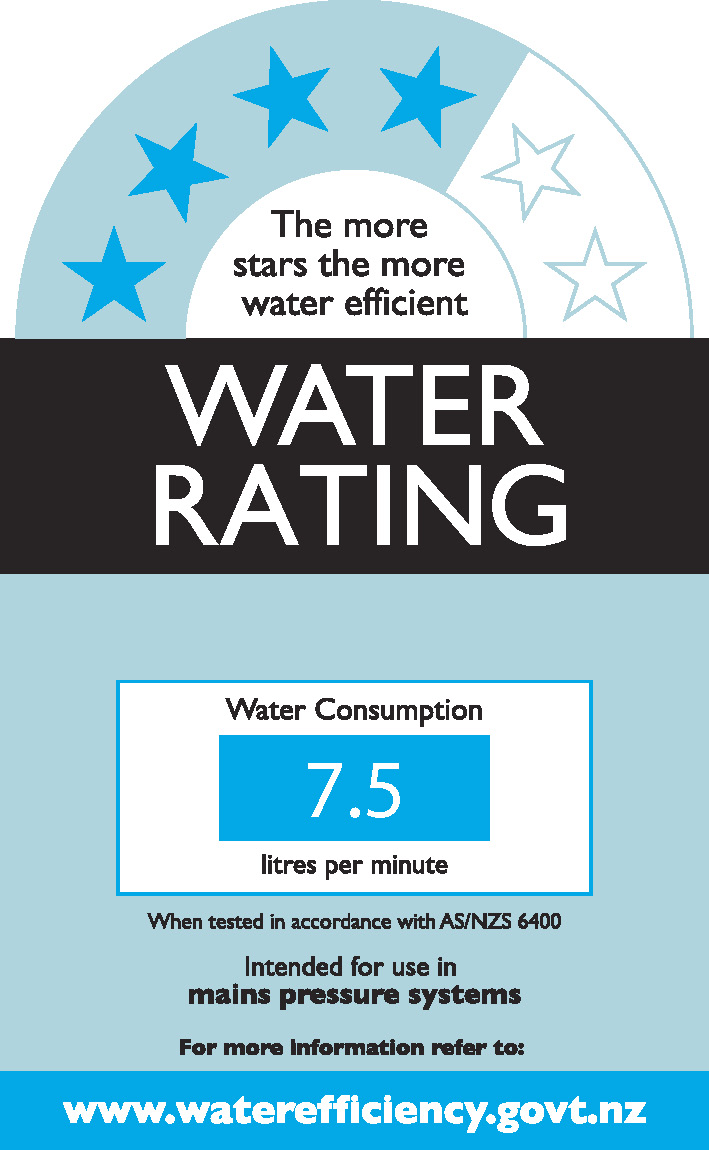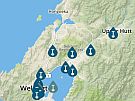Every time we turn on the tap we are using water that had to be treated to make it safe to drink. Once we have used this water it will have to be treated to make it safe to return to the environment. This water treatment uses resources and costs money. We can all help reduce our impact on the environment by reducing the amount of water we use.
You can buy water-saving appliances or install low-flow fittings, but the easiest way to save water is to think about how you use it.
Turn off the tap
By turning off the tap when you are brushing your teeth you can save thousands of litres of water a year. When you do have the tap running, turn it on part-way. You'll get plenty of water for washing your hands or brushing your teeth - and you won't get splashed.
Fix leaks
Fix leaking taps and pipes promptly. Leaks waste far more water than you'd think.
If you have a tap that drips at 50ml per minute (an egg cup full), you'll be losing 72 litres of water a day. Over the course of a year, that's more than 26,000 litres - enough to fill a family-sized swimming pool. If it is leaking from the hot tap, that unused water could cost more than $200 a year to heat. A leaky hose can waste even more water - up to 60,000 litres in a year. In addition, leaking taps can cause dampness and condensation in your home.
Reduce water flow
Water flow is the rate water comes out of your taps and showerheads. You don't need your showerhead to deliver more than nine litres of water a minute, or your taps six litres a minute, yet some use three times that much. By switching to water-efficient taps and showerheads, or installing water restrictors, you can save significant amounts of water.
Save water in your kitchen and laundry
The kitchen and laundry account for 30% of household water use - roughly 180 litres per day - and much of this water is wasted. Simple actions and careful choice of appliances can reduce your water use in these areas.
Use the plug
If you rinse a lot of muddy clothes under a running tap, you could be sending as much as 100 litres of water down the drain. That's enough to do a whole load of washing. Instead, use a bucket or part-fill the tub instead of running water.
The same applies in the kitchen. If you're rinsing dishes or food in the kitchen, put in the plug and part-fill the sink instead of running water throughout.
Fill a jug
Keep a water jug in the fridge in summer so you don't have to run the tap for ages to get your water cold enough for a drink. It will also help save water when filling pots for cooking or the kettle. If your water is chlorinated, it also reduces the chlorine flavour.
Scrape dishes or use the dishwasher's eco rinse
Rinsing plates in the sink can waste many litres of water and is often unnecessary. Generally, it is enough just to scrape plates before putting them in the dishwasher.
Choose the right appliances 
Choose appliances that are the right size for your household, so it's practical to run them only when they're full. And choose models that use energy and water efficiently.
Don't run appliances half-empty
Fully load your dishwasher and washing machine before running them. Typically, the 'half-load' setting on dishwashers tends to use much more than half the water and energy of a full load. Choose eco-settings where practical to save water and energy.
Compost your food scraps
In-sink waste disposal units waste a lot of water. They can also overload sewage systems. A better option is to compost your food waste - that way, you can also feed your garden.
Save water in your bathroom and toilet
Together, the bathroom and toilet account for half of the water used by most households. The toilet alone flushes 25% of household water down the drain. Dual flush toilets save water.
Take showers not baths
A typical bath uses 180 litres of water. A typical shower uses anything from 20 to 100 litres, depending on how long you stay in. To save water and save on hot water bills: Take showers instead of baths and keep your showers short. Turn the shower on only when you're ready to get in.
Small changes in how we use water can save a huge amount of water over time.









